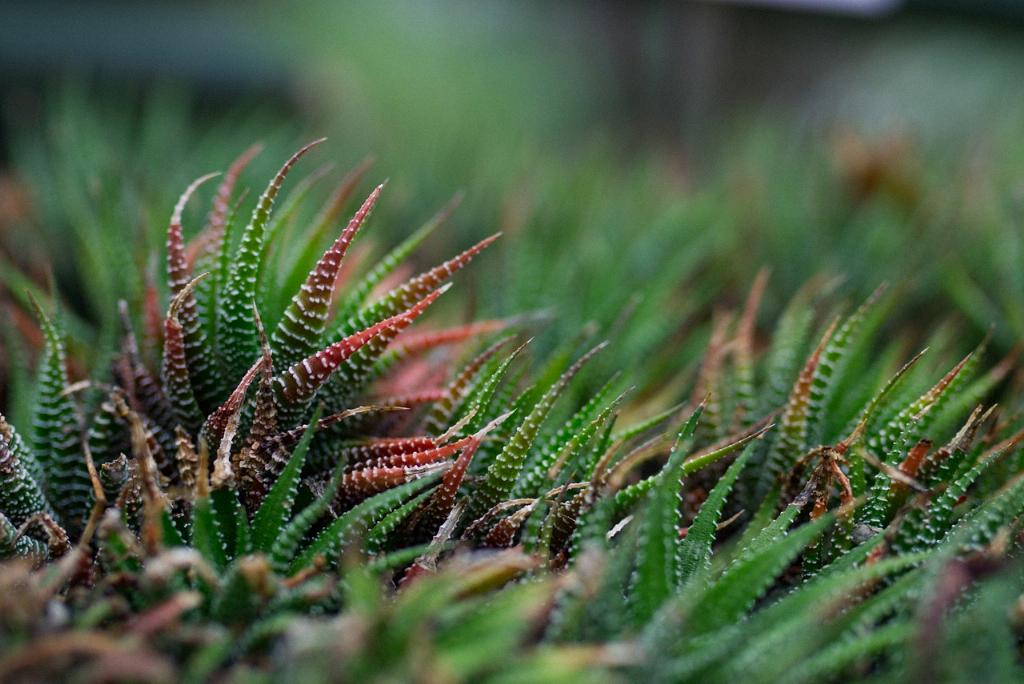Repotting succulent plants is an essential part of caring for these beautiful and low-maintenance plants. When it comes to succulents, knowing when to repot is crucial to ensure their health and growth. Here’s a detailed guide to help you determine the perfect time to repot your succulent plants.
1. Check the Timing
Experts recommend repotting your succulents every two years. The best time to repot is at the beginning of the growing season, which is usually in early spring or fall. This is when your succulents are actively growing, and they can quickly acclimate to their new pot without causing stress to the plant.
2. Assess the Root System
One crucial indicator that your succulent needs repotting is its root system. If you notice roots creeping out of the drainage holes, or if the roots appear crowded and tightly packed in the pot, it’s time to consider repotting. Repotting allows your succulent to have more space to grow and access fresh, nutrient-rich soil.
3. Observe the Growth
Keep an eye on your succulent’s growth. If you notice that your plant has stopped growing, or if it’s showing signs of stunted growth, repotting could help rejuvenate its growth. Sometimes, succulents outgrow their pots, leading to restricted growth and development.
4. Monitor the Soil
Over time, the soil in your succulent’s pot can become compacted and depleted of nutrients. If you notice that the soil is no longer providing adequate drainage or if it has become too dense, repotting your succulent with fresh, well-draining soil can ensure its continued health and vitality.
5. Look for Signs of Stress
Stressed succulents exhibit various signs, such as wilting, yellowing, or shriveling leaves. If your succulent is showing any of these signs, it could benefit from being repotted into a more suitable environment. Repotting allows you to address the underlying issues and provide your plant with a fresh start.
6. Consider Seasonal Changes
Seasonal changes can also impact when to repot your succulent. If you live in a region with harsh winters or scorching summers, consider repotting your succulent before the extreme weather sets in. This will give your plant ample time to adjust to its new pot and soil before facing environmental stressors.
7. Check the Pot Size
The size of your succulent’s pot can also influence when to repot. If your succulent has outgrown its current pot or if there’s little space left for root growth, it’s time to find a larger pot. Repotting into a bigger container will allow your succulent to spread its roots and thrive in a spacious environment.
8. Assess Overall Health
Take a holistic approach when determining whether to repot your succulent. Consider the plant’s overall health, including leaf color, firmness, and size. A healthy, thriving succulent may still benefit from repotting to encourage further growth and prevent root-bound conditions.
9. Provide Proper Care After Repotting
After repotting your succulent, ensure that you provide proper care to help it adjust to its new environment. Water your succulent sparingly in the weeks following repotting to prevent overwatering and root rot. Place the succulent in a well-lit location to aid in its recovery and growth.
10. Choose the Right Potting Mix
When repotting your succulent, opt for a well-draining potting mix specifically formulated for succulents and cacti. Avoid heavy, moisture-retentive soils that can lead to root rot. A porous and fast-draining mix will provide your succulent with the ideal growing medium for healthy root development.

11. Gradually Introduce Changes
To minimize stress on your succulent during repotting, introduce changes gradually. Avoid repotting during extreme weather conditions or when your plant is actively flowering. Plan ahead and prepare your succulent for the transition to its new pot to ensure a smooth adjustment process.
12. Enjoy the Benefits of Repotting
Repotting your succulent at the right time can lead to numerous benefits, such as improved growth, vibrant foliage, and overall plant health. By following the signs and guidelines for repotting, you can help your succulent thrive and continue to brighten up your indoor or outdoor space.
